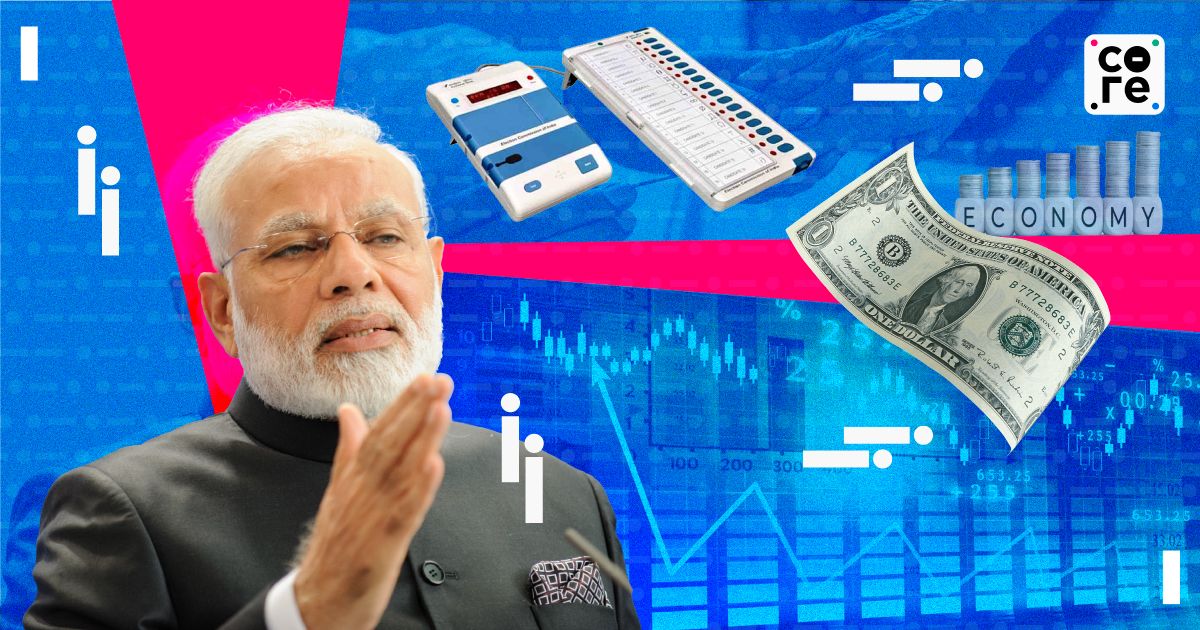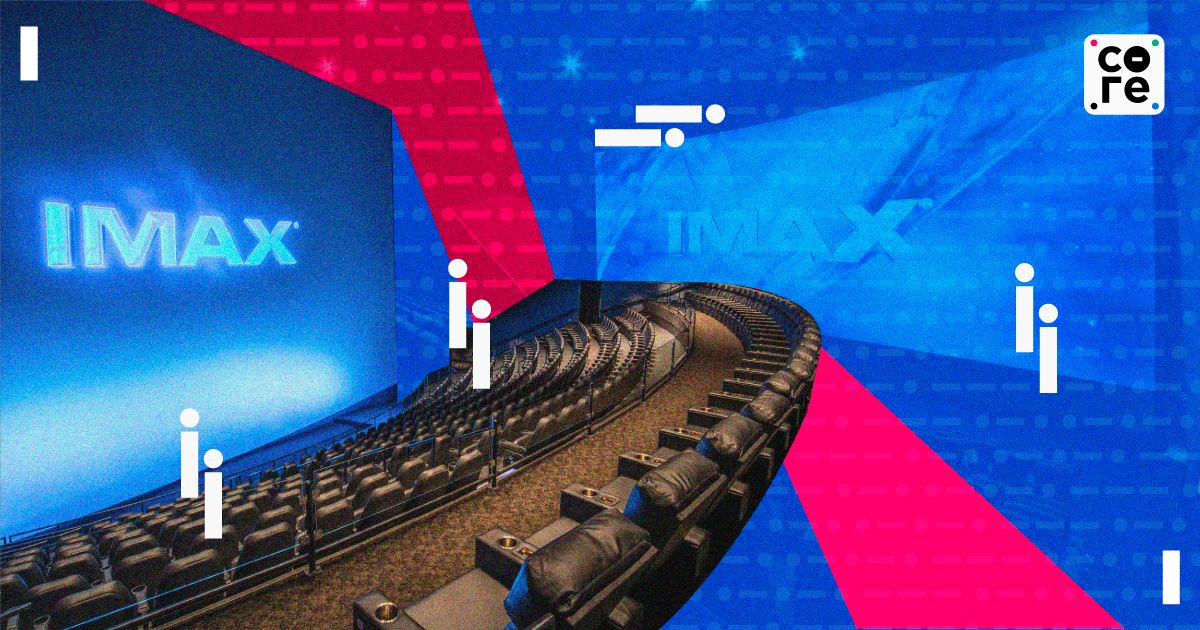Books, newspapers, TV, cinema theatres… it would seem the Grim Reaper internet has come to collect the remnants of everything that once made up mass media. In all these, radio is perhaps what most would consider a relic of a bygone era.
The numbers show it too. Consulting firm EY estimates in its latest report (pdf) on India’s media and entertainment industry that radio earned Rs 2,300 crore in 2023, just under three-quarters of what it made in 2019. It is unlikely to reach pre-pandemic levels even by 2026.
This is in line with the financial and market performance of India’s biggest private radio companies. Entertainment Networks India Ltd (ENIL), parent firm of the radio network Mirchi, earned only two-thirds of its 2019 revenue in FY2023 while posting a loss. In the nine months of FY24,it has swung back to profits but at Rs 347 crore, is still about half of its FY19 topline. Without an outstanding Q4, it will have another year with earnings below pre-pandemic levels.
Similarly in FY23, Jagran Prakashan’s Music Broadcast Ltd (MBL), which owns Radio City, also earned about 60% of its FY19 revenue while eking out a 1.73% net profit margin. However, in FY24 so far, it has already made more than 80% of its FY19 revenues and has improved net profit margin to 4.25%, as of the December 2023 quarter,
Others, like D B Corp, have reported steady growth in the radio business while others, such as HT Media, are struggling with the medium. Earlier this year, the company said it was ‘shutting down’ Fever FM, only to amend the announcement by revealing a new brand identity for its FM Radio operations.
Yet, the markets aren’t buying into the spell of doom plaguing Indian radio. In FY24, both ENIL’s Mirchi and MBL’s Radio City outperformed not just the Nifty Media index, but also the Nifty 50. Notably, no major radio or news company (barring Network18) is a significant component of the Nifty Media index, which largely skews towards cinema chain PVR-INOX, Zee Entertainment, Saregama, and gaming firm Nazara, among others.
Is radio airing a survival story?
Change The Game
When advertisers pick what to spend their ad budgets on, radio is usually way below in the list of priorities, if it is there at all. Besides, there are plenty of new options for audio ads—from music streaming companies like Spotify to other audio and podcasting platforms such as Pocket FM, which last month raised over $100 million in funding.
Meanwhile, revenues for the radio business increased 10% in 2023, per the EY report quoted above, but ad rates fell 8% on average. But, EY found, radio stations received a huge surge in ads from small brands serving customers in just one small city or district. Four thousand four hundred and forty-four advertisers who put ads on the radio last year ran no marketing campaigns on TV, print, or digital media.
Radio executives have understood that their power lies in going local.
“The fact [is] that we are in Tier 2, Tier 3 markets, smaller markets, where dependence of advertisers on radio is higher,” Pawan Agarwal, deputy managing director of D B Corp told investors in an earnings call (pdf) earlier this year. “And also the delivery of radio is still better in Tier 2, Tier 3 markets… local programming in the last couple of years [sic], we haven’t let any RJ go from our network, all 30 stations are running with radio jocks, local teams. So we build a local connection that’s helping us build the local revenue.”
Going local isn’t just limited to on-air programming. In its investor presentation (pdf) for the December 2023 quarter, D B Corp rattled off a list of offline events that its radio channel MY FM held across the country, from garba in Ahmedabad to a folk music concert in Punjab, diya lighting festivities in Ayodhya to even an award show in Bangkok.
Rival Radio City is slowly morphing from being merely a radio station, building out its social media presence instead. “We will be investing in our digital play for the next two to three years,” Ashit Kukian, CEO of Music Broadcast Ltd told investors in an earnings call (pdf) earlier this year. Radio City has been expanding its reach on Instagram, YouTube, and Facebook with sketch videos, ads for social good, and RJ interviews with celebrities.
“We are working at two levels,” Kukian told investors. “One is the creation of content. Second is distribution of content on social media platforms [and] third-party platforms, which will allow brands who come to us to reach out to a larger set of audiences. So, there is an increased reach that the brands get, and that we get a larger set of value because we are delivering far more beyond radio.”
Besides, Kukian said, the company was slowly transforming its RJs into social media influencers.
The end result: Radio City can offer advertisers not just radio airtime but also opportunities for branded content, just like any other YouTube channel or social media influencer.
Blurred Lines
Eventually, it may become hard to tell a radio company apart from any other media firm. Consider the case of Radio Mirchi. In 2020, it rebranded itself, dropping the word ‘radio’ altogether. Three years later, it acquired Gaana (pdf), the music streaming service formerly owned by Times Internet Ltd.
“The traditional medium is here to stay,” Yatish Mehrishi, CEO of ENIL, told investors in a call (pdf) earlier this year. “It may not be growth at what it used to be 10 years back. It will be a mixed growth. And we’re looking at radio[‘s] plain vanilla growth, plus do [a] lot of events, multimedia solutions… and also look at the subscription game on Gaana.”
In September 2022, Gaana went entirely behind paywall after it ran out of cash and could not find anyone to buy it. By acquiring it, ENIL has effectively blurred the lines between its mainstay—the licensed radio business—and internet-based music streaming. “Our aim is, in two years, if digital revenues can become 25% to 30% of our radio revenues… as we move towards a more multi-platform entertainment company rather than the digital company, or just a radio company,” Mehrishi said in the call. Digital is currently 10% of the company’s radio revenues.
Loosen The Grip
Radio companies’ biggest trouble is that they are in a licensed business, struggling to make profits over staggering fixed costs. The industry is hopeful, ever since the telecom regulator TRAI proposed (pdf) removing the non-refundable one time entry fee or NOTEF for bidders who buy radio frequency spectrum. Instead, a radio licence will become a variable cost—4% of the radio channel’s gross revenue plus taxes.
Besides, TRAI is considering allowing private radio channels to run hourly news bulletins with a self-regulatory body of radio operators to prevent the spread of misinformation. So far, only state-owned All India Radio was allowed to run the news.
Radio operators have also asked the government to make it mandatory for smartphone makers to incorporate an FM radio receiver in handsets, which manufacturers aren’t thrilled about.
But for now, no one in the industry expects TRAI to make any moves until after the general elections are over. Radio may no longer go back to its glory days, but it also may not need to. If all radio firms could turn into successful audio-video content companies, the market may soon value them on entirely new benchmarks.





